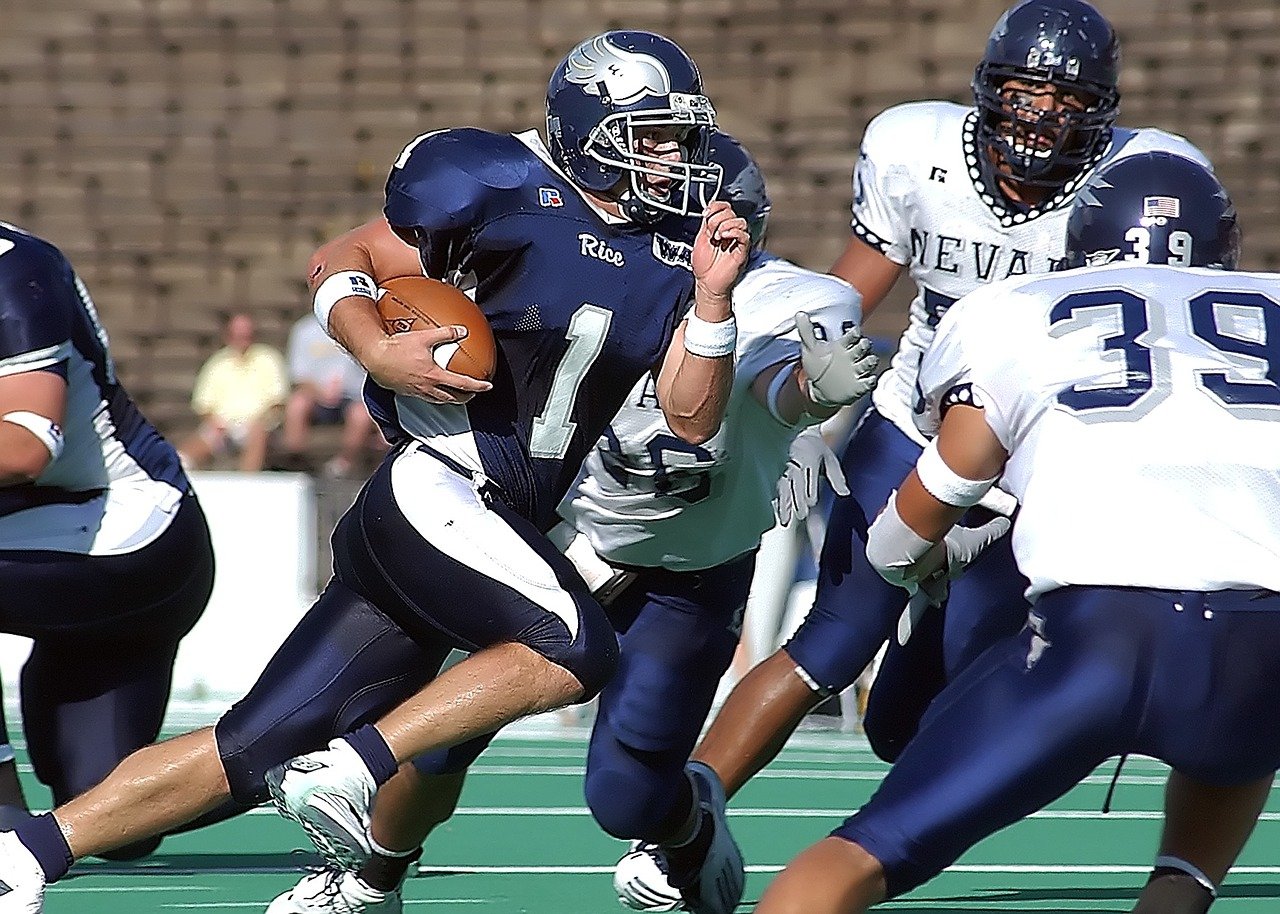Directly Paying Student-Athletes Opens ‘New World’ of Intercollegiate Athletics

By Charles Anzalone
The recent settlement between the National Collegiate Athletic Association and the Power Five conferences paving the way for schools to pay student-athletes is no less than a “watershed moment in the history of collegiate athletics,” says University of Buffalo sports law expert Helen “Nellie” Drew.
The landmark agreement is new, so it comes with much uncertainly, says Drew, professor of practice and director of the Center for the Advancement of Sport in the School of Law.
Despite the questions, Drew clearly sees the dramatic impact of this ruling, which extends legal compensation to student athletes beyond name, image and likeness (NIL). This agreement further blurs the line between amateur athletics in intercollegiate sports and professional athletes, according to Drew.
“The doors are now blown off the barn,” she says. “And collegiate athletes can be paid to pay.”
Qualifying her answers because of unforeseen developments, Drew agreed discuss the agreement and how it could affect the all-encompassing world of intercollegiate student athletes, students who aspire to become intercollegiate athletes and their families aiming to benefit from this new latitude of universities to pay students directly.
Can you summarize the NCAA agreement?
The NCAA settled a class action case in which former student-athletes sued to recover the money they should have received if the NCAA had not had in place restrictions upon their ability to profit from their name, image and likeness, which have recently been struck down by the courts. The $2.7 billion settlement follows on the heels of the Supreme Court’s 2021 decision in NCAA v. Alston, which essentially overturned the NCAA’s previous business model of prohibiting compensation to student-athletes.
And why call it a ‘watershed moment?’
For more than 100 years, the NCAA’s cardinal sin was paying players to pay — although there is no doubt that in its early years, primarily in the Ivy League, nonstudent players (“ringers”) were paid to perform in order to boost the regular roster’s record. Over time, the NCAA imposed harsh penalties upon players who reportedly received compensation, deeming them ineligible as professionals competing in what was supposedly a completely amateur arena. Think Reggie Bush of USC fame, who lost his Heisman Trophy — and USC lost its national championship — after he received what were deemed “impermissible benefits” by the NCAA. The Heisman was recently returned to Bush.
Every young athlete and their parents are listening now. What does that mean for outstanding or potentially outstanding athletes planning to play inter-collegiate sports?
At first blush, it essentially means that they are entering a professional world in which they will be treated as employees. The ramifications of that are tremendous. We don’t know yet what that will mean. Much depends upon the outstanding appeal of the NLRB ruling that Dartmouth men’s basketball players are indeed employees and eligible to collectively bargain. But the consequences run the gamut of income tax liability, workers comp claims, FICA, fair wage and hour laws, OSHA — and don’t forget Title IX. NIL is just the tip of the iceberg. We are entering an entirely new world, and nobody pretends to know exactly what it will look like even a year from now.
What do you think? Is it good or bad for universities and, most importantly, student athletes?
The only thing I can say for sure is that those — primarily the institutions and conferences — that figure this out first will be most successful. We will certainly see athletes finally receive some share of the revenue that they generate. Does that mean that the compensation paid to others — athletic directors, coaches, etc. — will decrease? Possibly. Some have opined that schools will cut teams and possibly even walk away from athletics entirely. Will athletic departments now be run entirely on a business model, where they must be profitable to continue to operate? Is the market for investment in college sport so big that it can support compensating athletes through NIL and other vehicles, as well as maintaining the current level of sponsorship in the schools? Finally, with blatant play for pay and athletes able to transfer freely without restrictions, why bother with even the appearance of pursuing a degree?
So, lots of uncertainty. The big question, the one that ironically the NCAA always relied upon in defending its restrictions against anti-trust challenge, is whether the appetite for collegiate sports will wither as the industry evolves into a blatantly professional environment. Alabama, Notre Dame, Clemson and the like will probably remain icons, and Duke basketball players will probably be well paid.
What the rest of the industry looks like is anybody’s guess, particularly at the Division 3 level.
